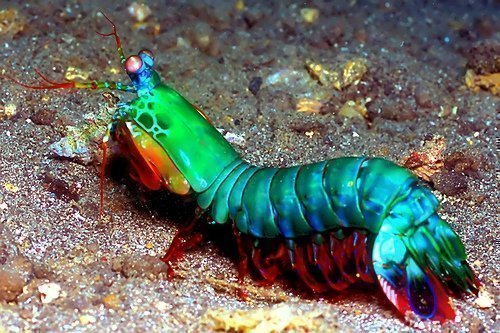Essential Philosophy
-
Introduction
Introduction: Essential Philosophy (Preview Content)1 Topic -
Dr. Schenk's Story: Essential Philosophy (Preview Content)1 Topic
-
Lessons & DiscussionsLesson 1: Fundamental Distinctions Used in Philosophy (Preview Content)3 Topics|1 Quiz
-
Discussion 1: Paying Attention to Your Own Thinking
-
Lesson 2: Popular Errors in Academia (Preview Content)4 Topics|1 Quiz
-
Discussion 2: Discussion of Three Common Academic Errors
-
Lesson 3: Skepticism about Truth (Preview Content)4 Topics|1 Quiz
-
Lesson 4: Three Examples of Faulty Reasoning4 Topics|1 Quiz
-
Lesson 5: Ontology--The Study of Being3 Topics|1 Quiz
-
Discussion 3: Discussion of the Ontological Argument
-
Lesson 6: Anselm’s Ontological Argument for the Existence of God4 Topics|1 Quiz
-
Lesson 7: Anselm’s Ontological Argument Continued3 Topics|1 Quiz
-
Discussion 4: Alvin Plantinga's Contribution to Arguments for the Existence of God
-
Lesson 8: Aquinas' Cosmological Argument for the Existence of God4 Topics|1 Quiz
-
Lesson 9: Craig's Cosmological Argument for the Existence of God3 Topics|1 Quiz
-
Discussion 5: Why Do We Keep Arguing about the Existence of God?
-
Lesson 10: Grunbaum’s Response to the Cosmological Argument3 Topics|1 Quiz
-
Discussion 6: Why is There Something and Not Nothing?
-
Lesson 11: Introduction to the Problem of Evil4 Topics|1 Quiz
-
Lesson 12: Solution to the Problem of Evil4 Topics|1 Quiz
-
Discussion 7: The Problem of Evil
-
Lesson 13: Theodicies for the Greater Good Argument4 Topics|1 Quiz
-
Lesson 14: William Rowe’s Evidential Version of the Problem of Evil Argument4 Topics|1 Quiz
-
Lesson 15: The Design Argument for the Existence of God4 Topics|1 Quiz
-
Lesson 16: The Fine-Tuning Argument for the Existence of God3 Topics|1 Quiz
-
Lesson 17: The Fine-Tuning Argument Continued3 Topics|1 Quiz
-
Discussion 8: The Fine-Tuning Argument
-
Lesson 18: The Free Will Debate3 Topics|1 Quiz
-
Discussion 9: The Free Will Debate
-
Lesson 19: David Hume's Radical Empiricism and Argument Against Causation2 Topics|1 Quiz
-
Lesson 20: Roderick Chisholm's Theory of Agency2 Topics|1 Quiz
-
Lesson 21:Chisholm's Critique of Hume's Compatibilist Theory of Action2 Topics|1 Quiz
-
Lesson 22: The Need for a Theory of Action2 Topics|1 Quiz
-
Lesson 23: Frankfurt's Theory of Action3 Topics|1 Quiz
-
Discussion 10: Why Educators Should Study Philosophy
-
Discussion 11: Why Dr. Schenk Moved from Atheism to Theism
-
End of Course TestEnd of Course Test: Essential Philosophy1 Quiz
Recommended Reading: Paley, the Watchmaker, & the Mantis Shrimp
In this lecture, Dr. Schenk discusses William Paley’s Watchmaker Design Argument, which stems from Paley’s book Natural Theology or Evidences of the Existence and Attributes of the Deity (1802). While it is not necessary to read Paley’s book to understand this lecture, you may wish to investigate Paley’s nineteenth century work on your own.

William Paley (1743-1805) was an English clergyman, Christian apologist, philosopher, and natural theologist. His book, Natural Theology, contains a popular design argument analogy, the watchmaker. The watchmaker illustrates that an object which appears to be designed, such as a watch, must have a watchmaker. As Dr. Schenk shares in this lecture, Paley made other analogies, such as seeing the human eye as an object of such magnificent design that it, too, must have had a designer.
Paley’s work in natural theology came before the development of evolutionary science under such minds as Charles Darwin (1809-1882). Darwin’s work in natural selection offered a different explanation for the scientific complexity of human biology. With more recent developments in genetic science, Neo-Darwinians offer a more complex response to Paley: the human eye is, in fact, less impressive than previously supposed when compared with creatures that possess more excellent vision, such as the mantis shrimp. In this lecture, Dr. Schenk will explore William Paley’s famous argument, as well as its objections.



